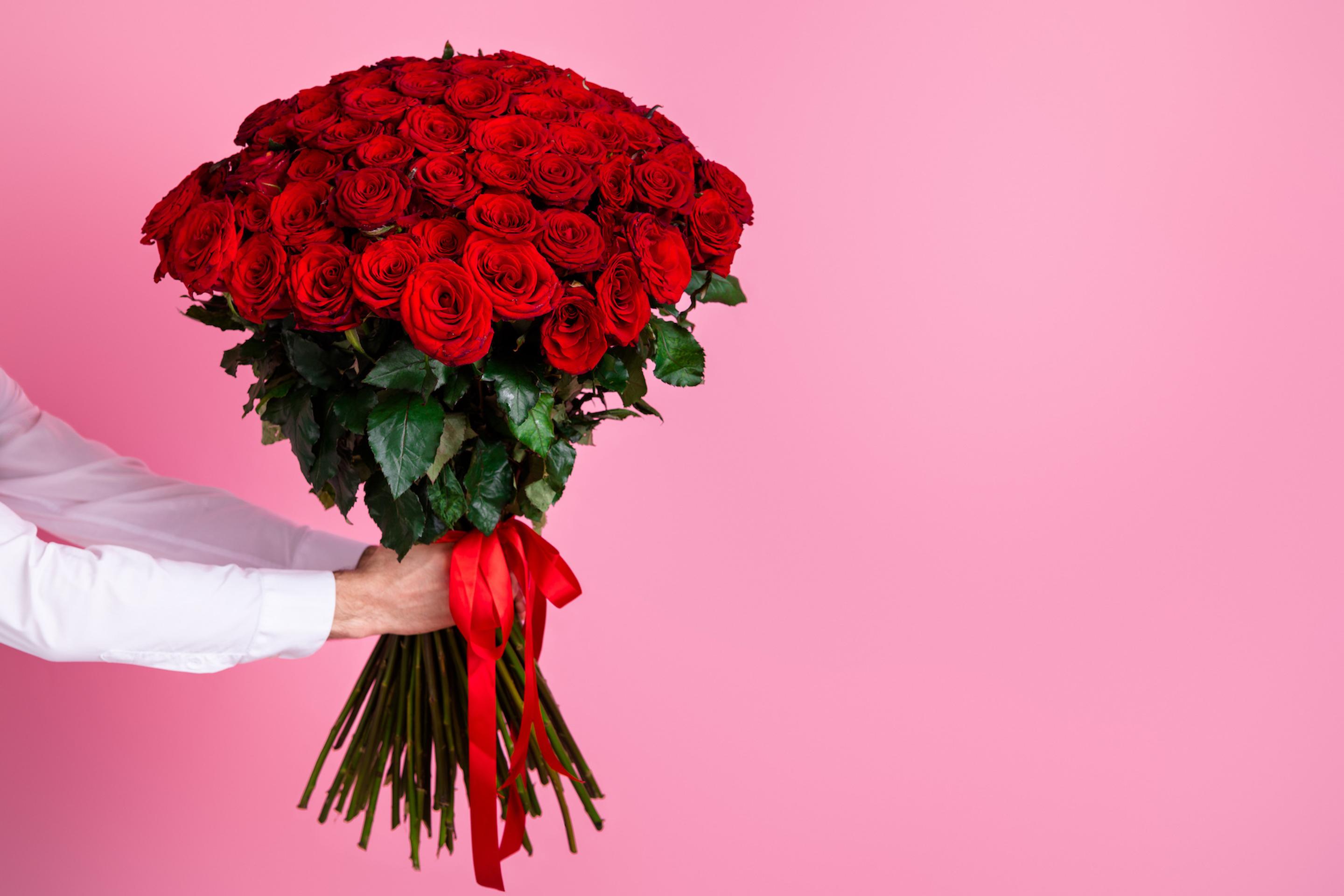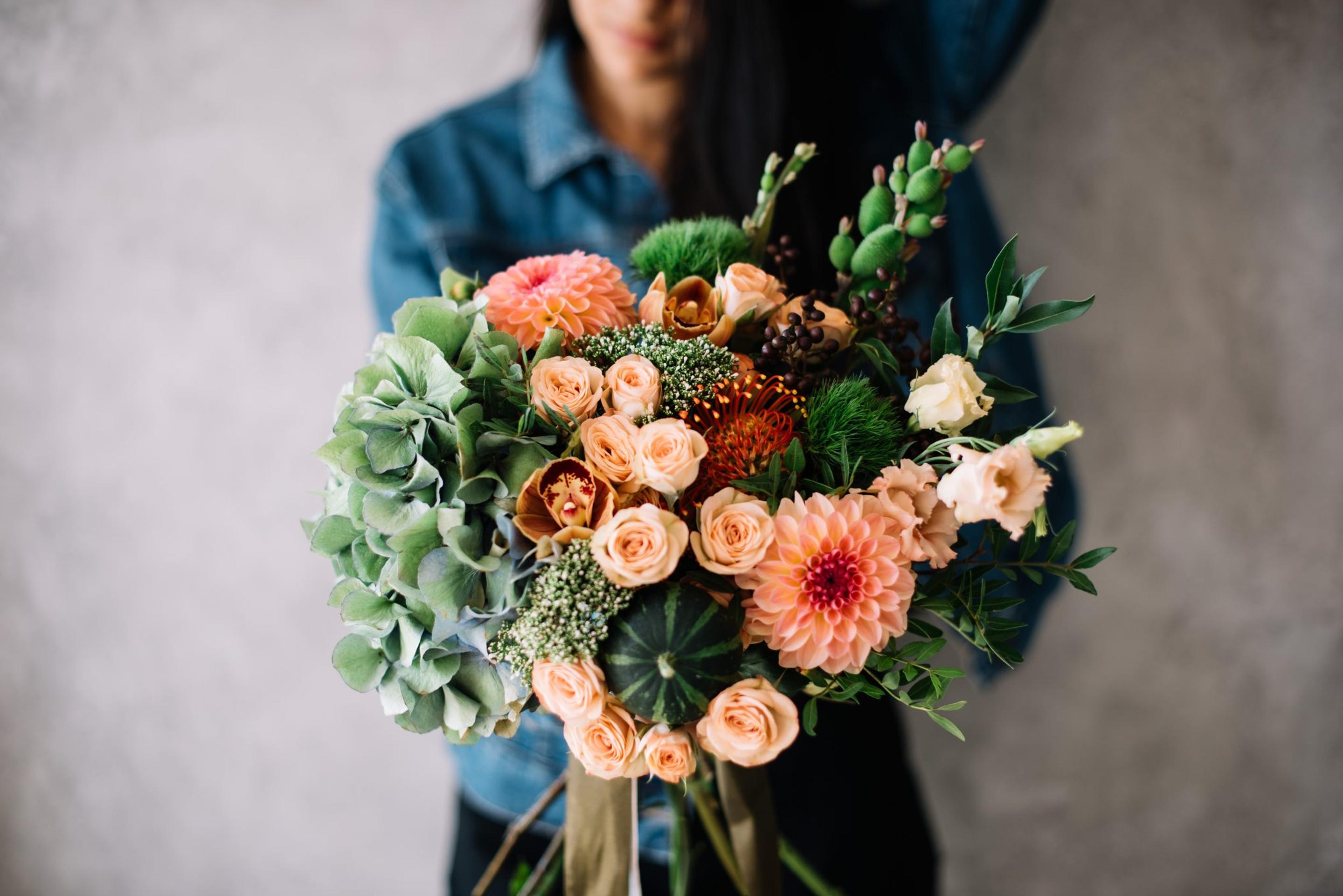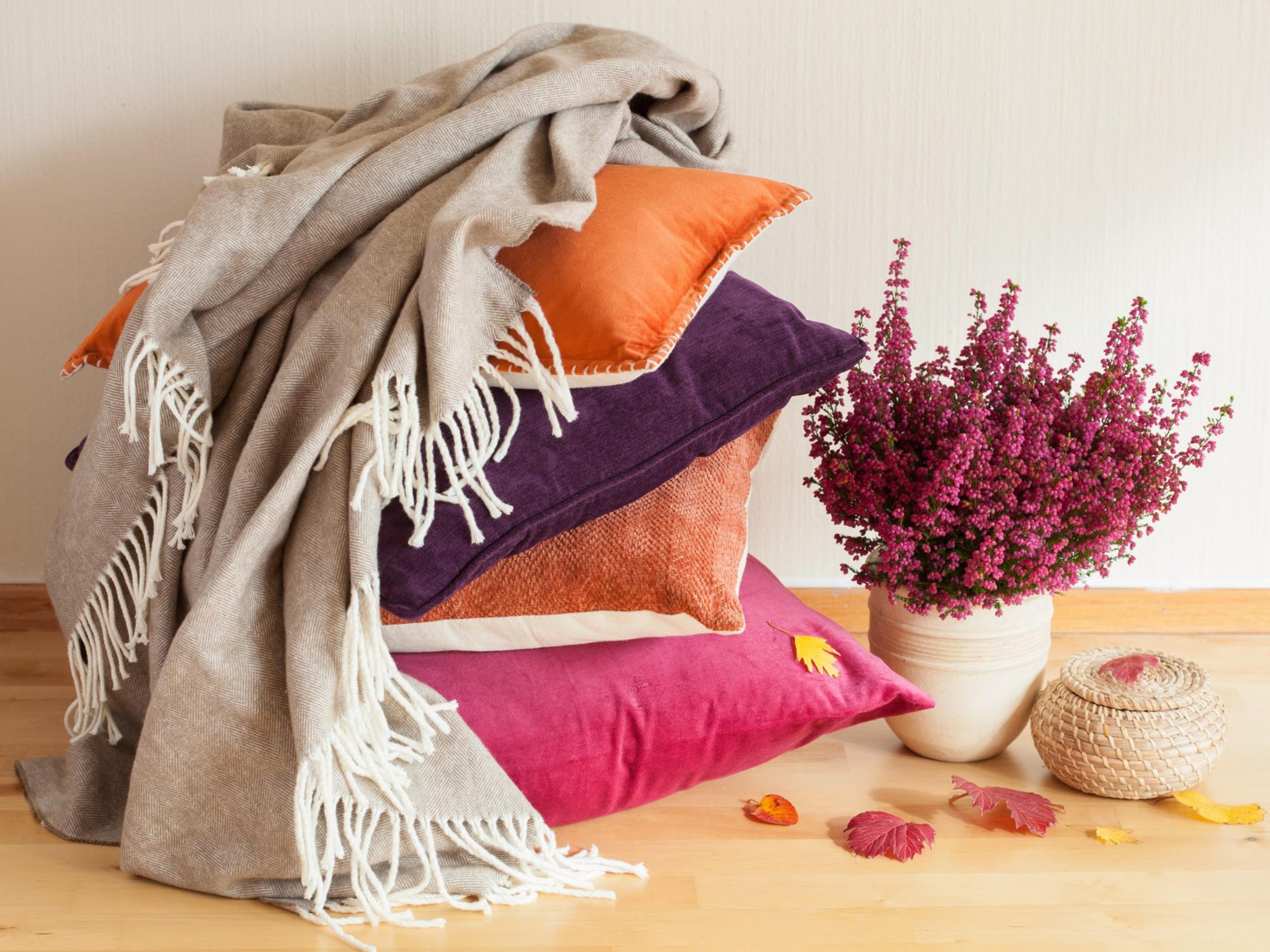
Fall is here!
You know what that means—it’s time to bring our green thumbs indoors for the season.
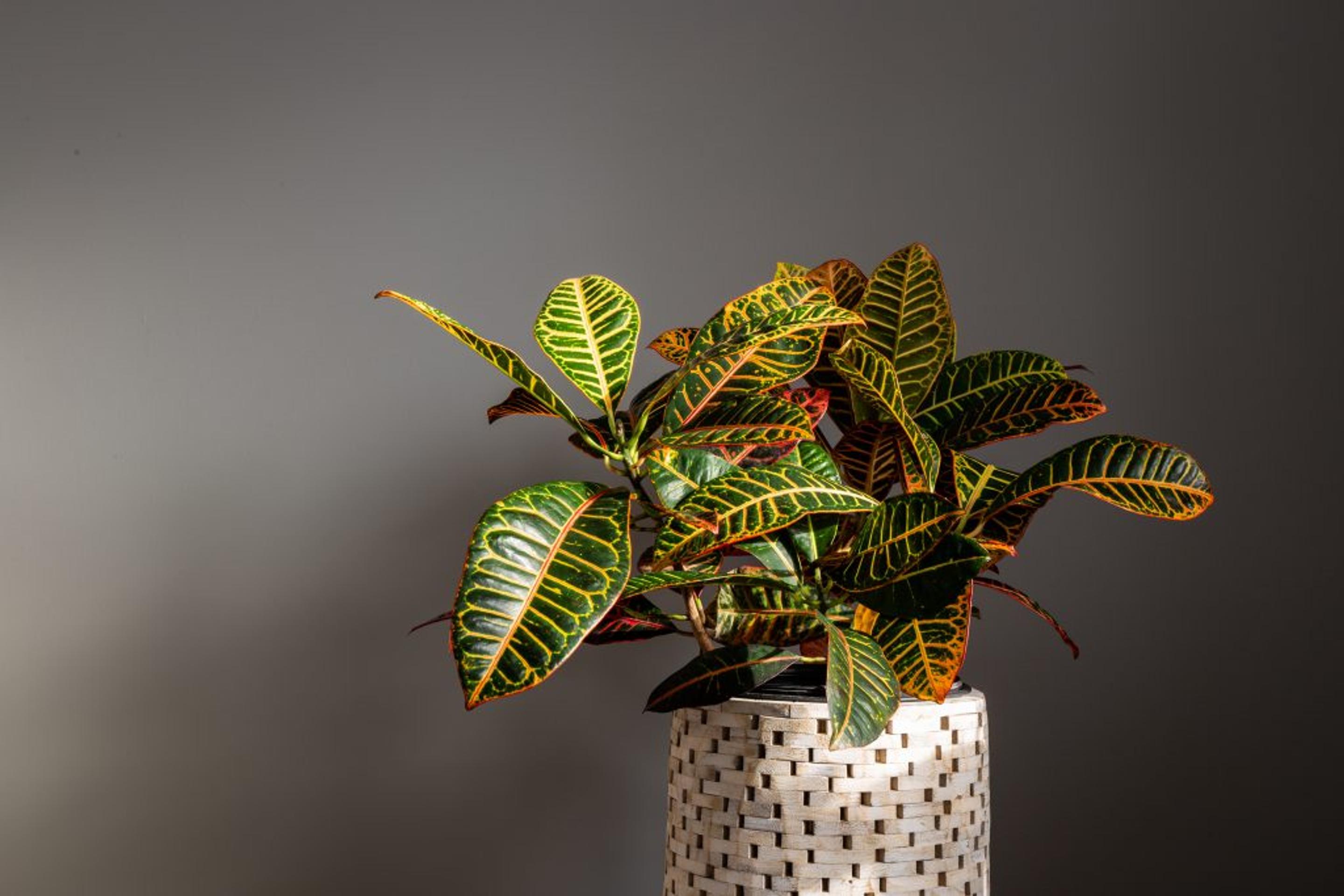
The air is changing, temperatures are dropping, and outdoor gardening is coming to a close.
If you’re looking for ways to liven up your indoor space before the dark and gloomy winter season—boy, do we have a show for you.
Our Top 7 Autumn Houseplants to Spice Up Your Home
7. Snake Plant
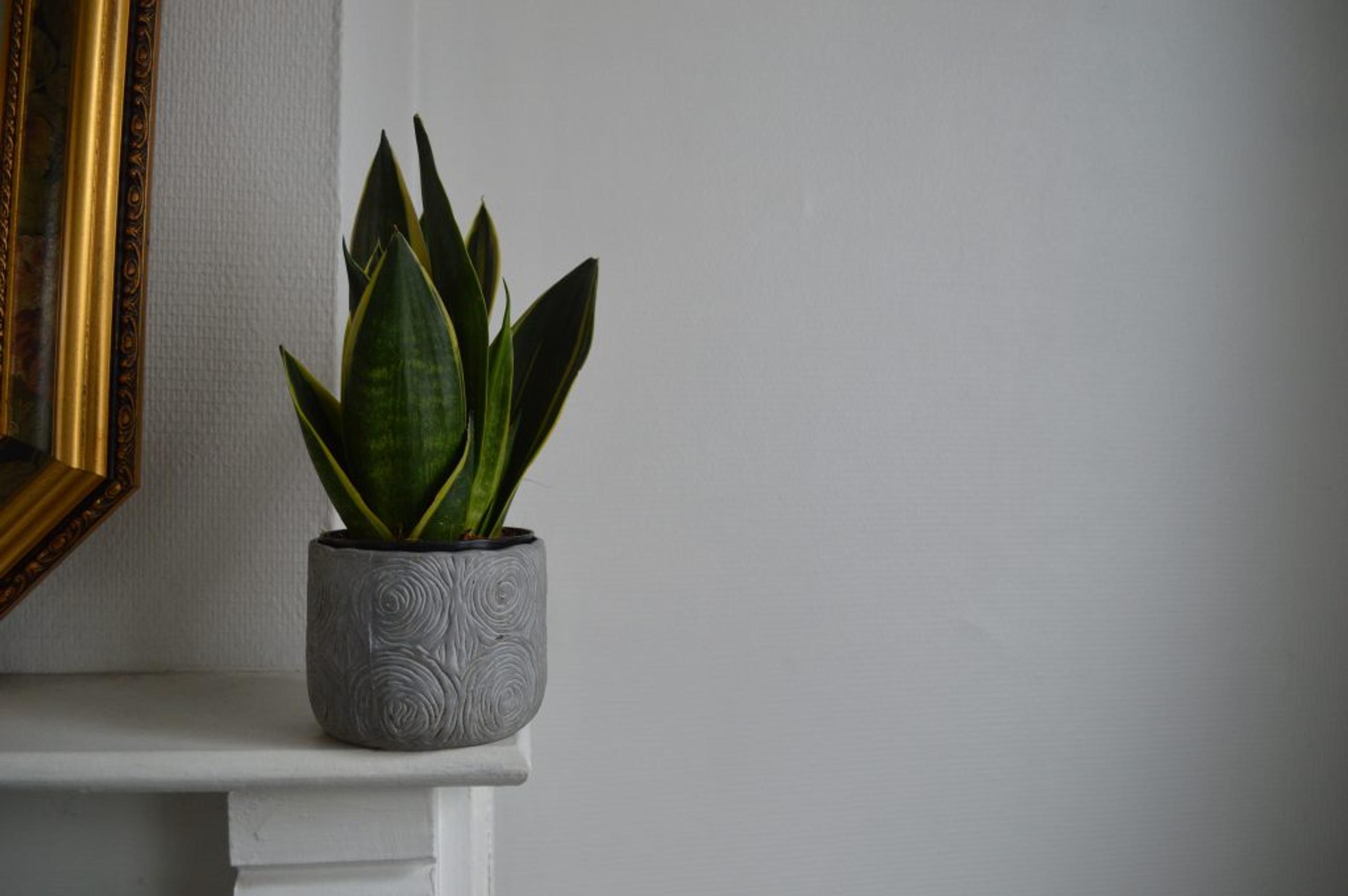
If you’re looking for a super low-maintenance houseplant with an exotic look—the snake plant is for you.
Snake plants don’t really need much of anything to survive. They can actually be left alone for several weeks without injury.
These easy plants also don’t require intense light or frequent waterings—and have few insect problems. What more could we ask for?
NASA research has also shown that snake plants can help keep the air inside your home clean, removing toxins such as formaldehyde and benzene—an added bonus!
6. Croton

Another easy-to-grow houseplant! Croton will fill your house with warm autumn colors without all the maintenance.
This tropical beauty hails from the forests of southeast Asia and Oceania.
In the wild, they grow as large as shrubs, reaching up to 10 feet tall.
However, proceed with caution! Every part of this plant is poisonous, especially the seeds, so they’re not recommended if you have curious little ones or pets roaming around.
5. Bromeliad
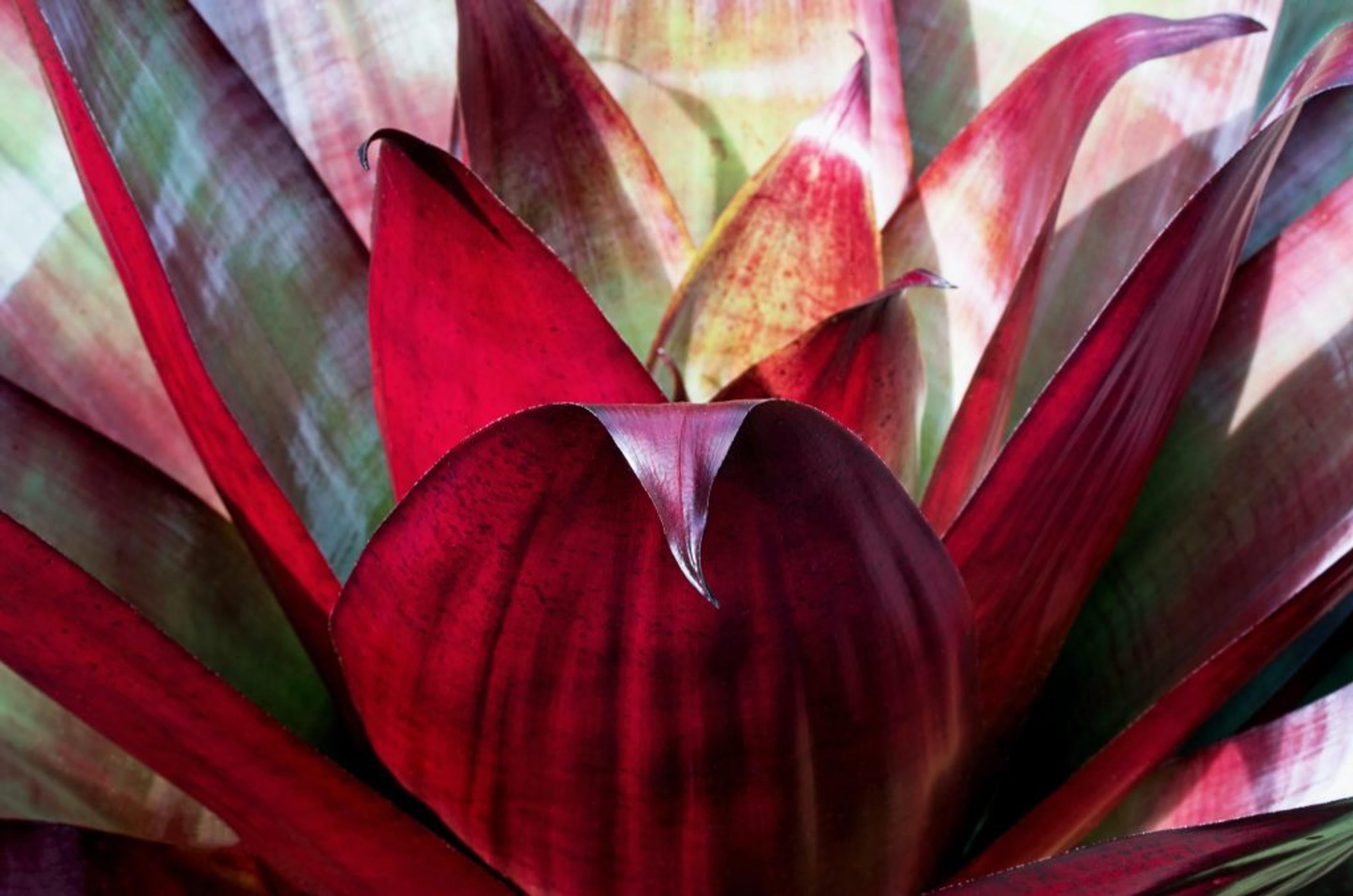
If you’re looking to add a little exotic flair to your space—perhaps bring a little touch of summer along for the autumn ride—bromeliad is for you!
Growing this beauty as a houseplant is easy, and its unique texture and vibrant colors won’t disappoint.
You might think these plants are high maintenance because of their appearance, but fear not! We’ve got another easy-to-care-for houseplant for all your autumn pleasures.
They do require medium to bright light and thrive in shallow pots.
4. Calathea
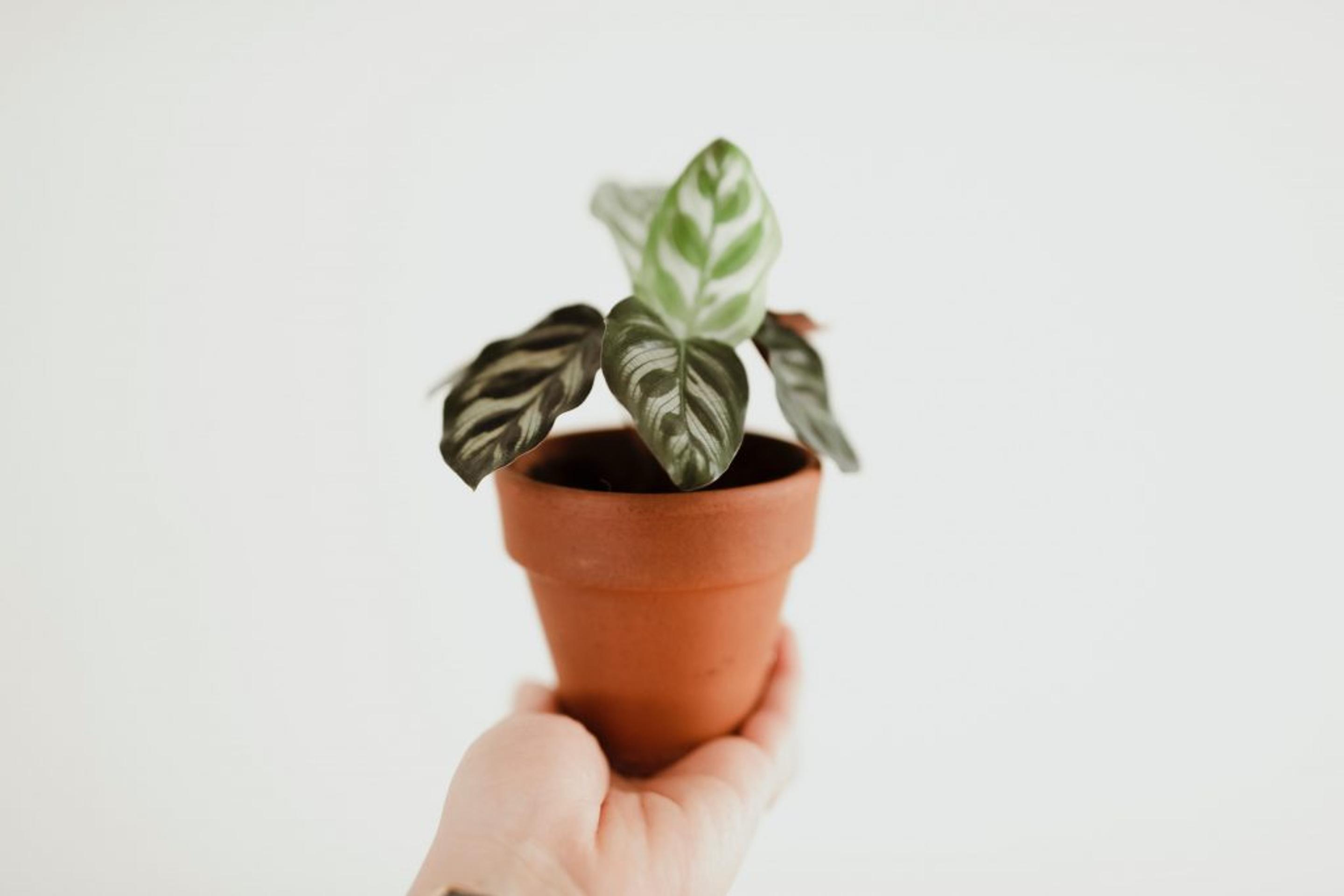
These moody beauties are known for their unique leaf movements and patterned foliage.
Good news for animal lovers—they’re also pet-friendly!
In the topics, calathea leaves are commonly used for handicraft and food wrapping. Baskets are frequently weaved using their leaves as well.
They’re a part of the “prayer plant” family, Marantaceae. This nickname stems from the plant’s daily movements known as nyctinasty. They move their leaves up at night and lower them during the day according to a circadian rhythm.
They thrive in medium to bright light, but can also tolerate indirect light.
Calathea only need to be watered every 1-2 weeks
3. Aglaonema

Otherwise known as Chinese evergreen, aglaonema is a decorative plant native to Asia.
Their large glossy leaves from which beautiful flowers bloom in spring and summer are one of the most popular houseplants (not to mention its color variety).
If you’re looking for a plant to add some personality to your space, the Chinese evergreen is for you.
The aglaonema is also, surprise surprise, super easy to care for. Are you sensing a trend here?
But really, this beauty hardly needs any care at all. Keep your plant warm and moist, and you’re sure to have a long-lasting faithful plant.
2. Anthurium

Colorful anthurium is native to Central and South America and is also one of the most compatible houseplants for indoor spaces.
However, unlike the majority of our autumn houseplants, this beauty can get a bit fussy. Also, known as the flamingo flower, they need certain conditions to thrive.
For best results, pot your anthurium in well-draining soil and a container that has good drainage. Soggy soil=no good for our dear friend anthurium.
Keep your plant moist, avoid overwatering, and keep in indirect light.
1. Dracena
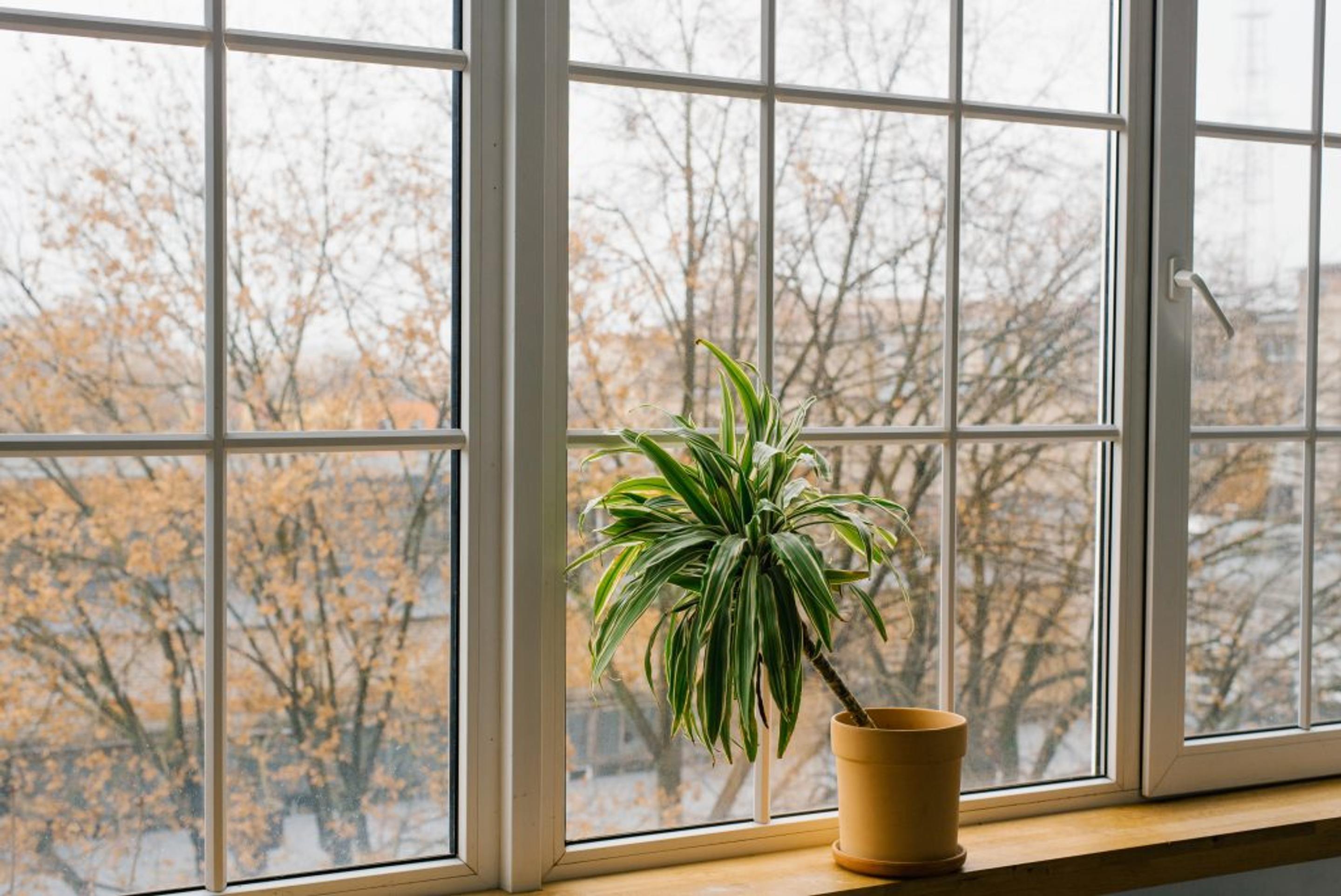
No, not Dracula—that’s what we thought too (and oh, how fitting that would be).
Anyway, back to your regularly scheduled programming.
Dracaena is another super easy to care for houseplant known for its attractive foliage
They’re easy to grow and can tolerate low light.
These beauties also promote clean air! They are known to clear benzene, carbon dioxide, formaldehyde, and trichloroethylene from indoor air.
Keep these ones away from any curious pets as they are toxic to our furry friends.

